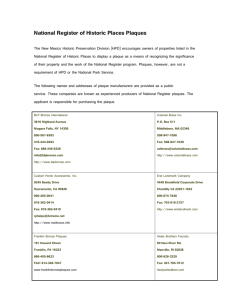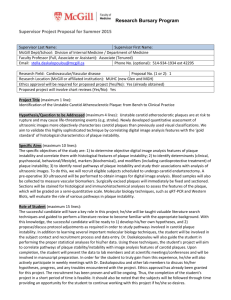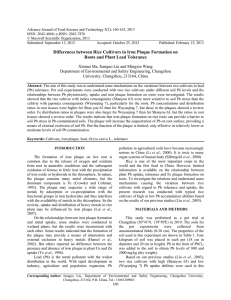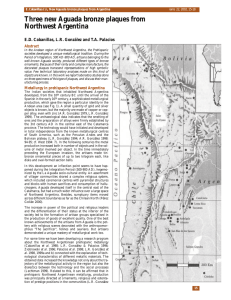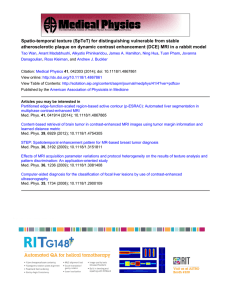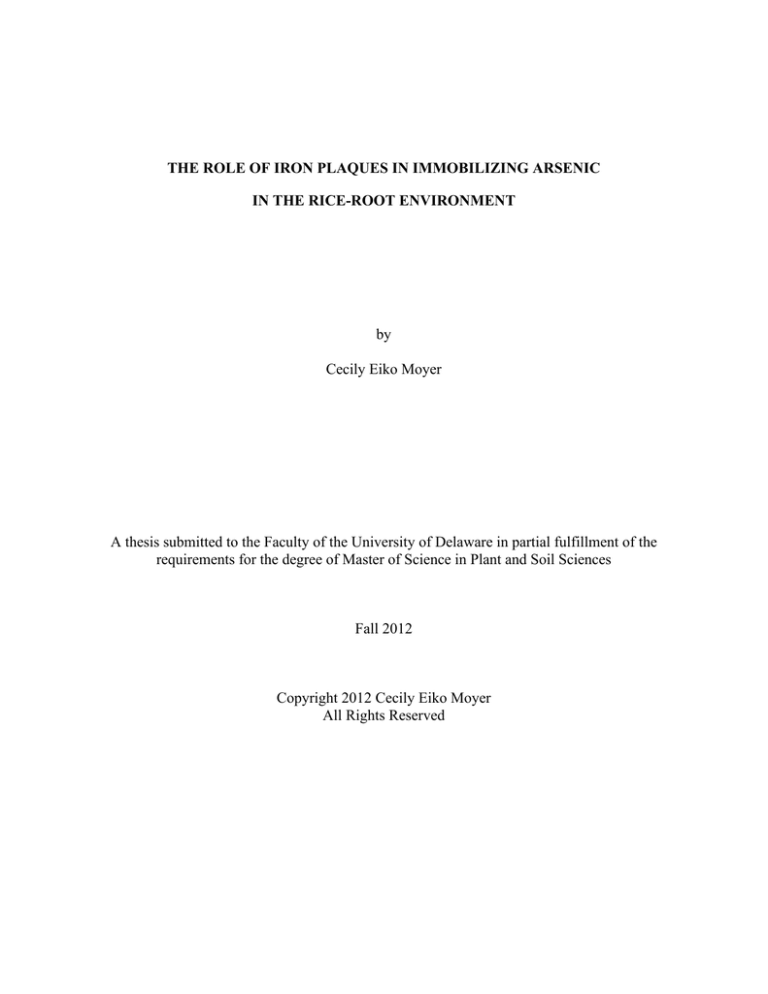
THE ROLE OF IRON PLAQUES IN IMMOBILIZING ARSENIC
IN THE RICE-ROOT ENVIRONMENT
by
Cecily Eiko Moyer
A thesis submitted to the Faculty of the University of Delaware in partial fulfillment of the
requirements for the degree of Master of Science in Plant and Soil Sciences
Fall 2012
Copyright 2012 Cecily Eiko Moyer
All Rights Reserved
ABSTRACT
Geogenic arsenic (As) causes illness to millions of people in South and
Southeast Asia via the consumption of rice grown in contaminated water. Arsenic is
absorbed by rice roots, which is transported through the shoots and delivered to the
edible grains. Researchers have found that iron (Fe) plaques, consisting mainly of
amorphous iron oxides, grow on the surfaces of the rice roots. Iron plaques sorb As,
immobilizing the toxin, preventing it from absorption into the plant body.
Observational studies have been conducted on the occurrences and locations of iron
plaques, but their characterization and association with As are only beginning to be
studied. The goal of this study is to elucidate the sorption mechanism and capacity of
As to sorb to the Fe-oxide, as well as to determine whether variable plaque formation
is due to variable O2 exudation. We conducted both synchrotron-based bulk and
micro-XANES and EXAFS studies, as well as bench-top extractions. We set up two
Fe-treatments to investigate whether increased Fe concentration promotes increased
plaque growth, immobilizing more As. The primary oxidation state of As found in
plaques was As(V). The molar ratio of sorbed Fe:As did not significantly depend on
the Fe-concentration. This signifies a specific molecular ordering of the plaque—
more plaques sorb more As, but not at an increasing rate. Plants can immobilize 0.860.93 mg of As per gram of dried root, and approximately 10% of the Fe-oxide plaque
itself consists of As. Variable plaque formation is due to O2 exudation patterns.
Knowing the potential amount of As sorption to Fe-plaques supports the farming
practice of composting rice straw—a low-cost and natural way of adding iron to paddy
soil to promote the growth of Fe-plaques on rice roots.
vii



